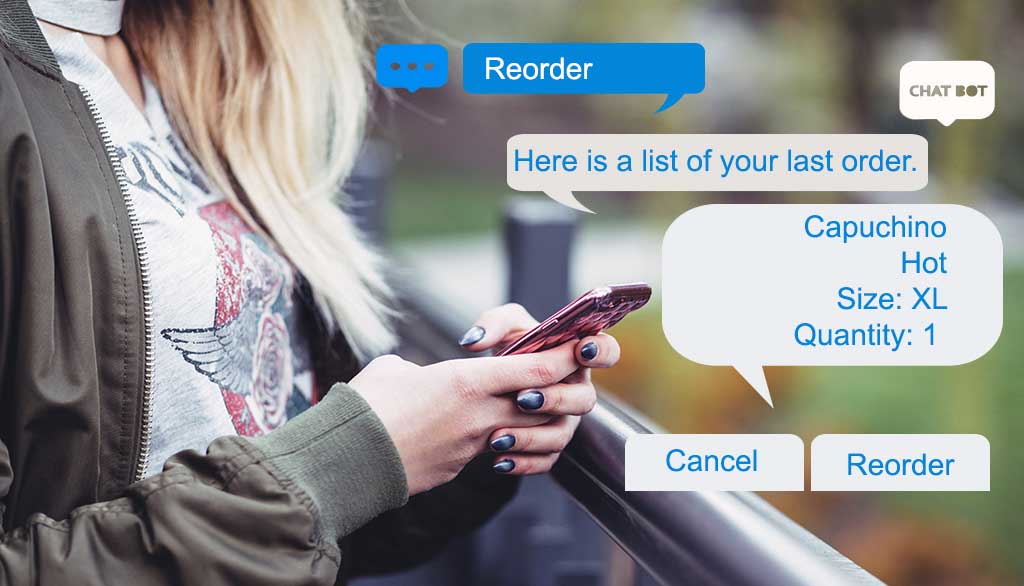Are You Training Your Chatbots Correctly?

Just a few short years ago, most brands, and especially consumers, didn’t really know what a Chatbot was, nor were they accustomed to using it in a commercial setting. Today, however, terms like Chatbot, Artificial Intelligence (AI), Machine Learning, and even Predictive Analytics are almost every day terms used in the business world.
That’s good, because businesses that are most effective and responsive today use each of these interdependently for a broader approach to their customer experience.
The use of Chatbots especially has been under the spotlight lately. From the customer’s vantage point they want two things, really: They want to interact with a Chatbot without it feeling like they’re talking to a computer; and of course they want their questions answered.
This is validated from a recent survey[1] that showed that 45% of respondents said most of the time, Chatbots will not give them the answer they need. Another 29% revealed Chatbots they interacted with were only successful if they are seeking answers for simple and common questions.
Of course, to accomplish these two goals, brands need to “train” their Chatbots effectively using AI, Machine Learning, and even Predictive Analytics gleaned from self-support materials downloaded by the customers themselves.
The Right & Wrong Ways to Train Your Bot
The problem most brands run into is that they fail to train their bots using each of these technologies and resources, rendering the Chatbot one-dimensional and almost useless in front of the customer. For example, most companies simply design their Chatbot at the beginning based on the top 10-20 frequently asked questions and then turn on the bot without ever making adjustments moving forward. However, when this is the case, the bot never learns different ways that customers ask their questions over time, nor do they update it to reflect new software upgrades or later versions of products, such as a new smartphone that gets a new operating system or new features on a new device model.
What’s the right way to train your Chatbot? Companies should focus on initially designing the Chatbot based on real-time customer interactions with call-center agents, including which downloadable self-support materials are utilized most by customers. These companies study which self-support materials customers download to determine and prioritize question/content. As customers interact with these self-support materials, internal algorithms learn over time (machine learning) what’s important and less important. The machine algorithms even study “how” people ask their questions to the bots online to determine better natural-language processing. As an example, some systems can even use algorithms to determine when a question is mature enough to be automated and handled by a Chatbot as opposed to a live agent in a call center.
Rather than just build a Chatbot Q&A track on the 20 most popular questions, the right Chatbot systems today take interactions from self-support materials, live agents and even social media as a training mechanism using natural language with machine learning on the back end for ongoing evolution of the bot’s abilities. Using continuous machine learning (based on constantly studying self-support downloads), more questions can then be added to the bot’s repertoire. Chatbots should also be designed so that when the customer isn’t getting the answer they need, a live agent can step in without making the customer backtrack all the way back to the beginning.
Why Brands Should Care
What’s at stake may be everything, from sales loss to customer experience and brand reputation. There’s too much competition today in every industry driven by the Internet and mobile marketing. When Chatbots are designed and implemented correctly, with the ability to learn over time, brands can leverage their Chatbots to market to their customers in the future, with a higher return on their investment since those customers know that brand offers a satisfactory experience in addition to great products.
[1] Online survey presented to 2,500 U.S. consumers regarding the use of Chatbots; Commissioned by DeviceBits; October, 2017.
Bring the best of the CEOWORLD magazine's global journalism to audiences in the United States and around the world. - Add CEOWORLD magazine to your Google News feed.
Follow CEOWORLD magazine headlines on: Google News, LinkedIn, Twitter, and Facebook.
Copyright 2025 The CEOWORLD magazine. All rights reserved. This material (and any extract from it) must not be copied, redistributed or placed on any website, without CEOWORLD magazine' prior written consent. For media queries, please contact: info@ceoworld.biz








